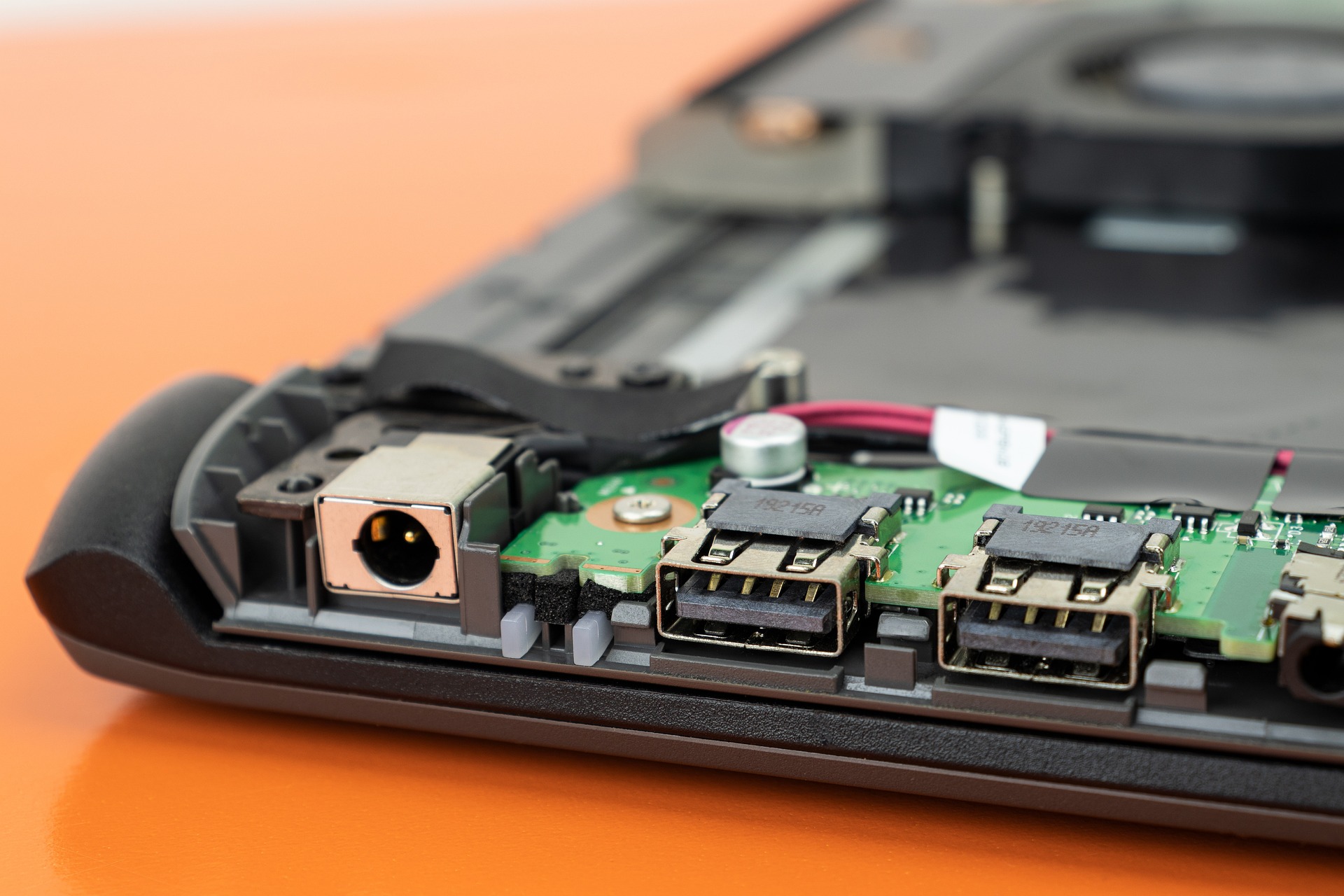Unravelling the Mysteries of Vanadium Flow Batteries: The Unsung Hero of Tech Energy
In a world where energy storage is a hot topic, there’s a dark horse quietly making waves: Vanadium flow batteries. This relatively unknown tech is poised to make a significant impact on how we store and manage energy.

The Intriguing History of Vanadium Flow Batteries
Vanadium flow batteries (VFBs) are not a new concept. They were first proposed by NASA scientist Robert H. Reid in the 1970s during his exploration of various energy storage concepts. However, the technology didn’t gain momentum until the past decade, when rising renewable energy projects began to demand more efficient and sustainable energy storage solutions.
The Science Behind Vanadium Flow Batteries
VFBs operate in an entirely different way compared to traditional lithium-ion batteries. While lithium-ion batteries store energy within the battery cells, VFBs store energy in tanks filled with a liquid electrolyte solution. The electrolyte is based on vanadium, a naturally occurring element that can exist in four different oxidation states, allowing the battery to charge and discharge without degradation. This unique feature makes VFBs incredibly durable, with a potential lifespan of over 20 years.
Vanadium Flow Batteries in Action Today
Today, VFBs are finding their place in large-scale energy storage projects. They are particularly valuable in regions with high renewable energy penetration, such as California. In 2020, the California Energy Commission awarded a $20 million grant to Invinity Energy Systems to demonstrate the effectiveness of VFBs in helping stabilize the state’s electricity grid.
The Cost Factor of Vanadium Flow Batteries
While VFBs have many benefits, cost remains a significant barrier to widespread adoption. The price of vanadium, the primary raw material, can fluctuate drastically based on global market conditions. However, as production scales up, costs are expected to decrease. According to a 2020 study by the National Renewable Energy Laboratory, the cost of VFBs could drop to $150 per kilowatt-hour by 2050, making it competitive with other energy storage technologies.
The Future of Vanadium Flow Batteries
With growing interest in renewable energy and the urgent need for efficient energy storage solutions, the future looks bright for VFBs. Researchers are actively exploring ways to reduce costs and improve performance. In particular, the use of advanced materials and innovative designs could help drive down the cost of these batteries and push them into the mainstream.
In a world increasingly dependent on renewable energy, vanadium flow batteries could play a pivotal role in shaping our sustainable future. As we continue to explore and innovate, it’s clear that this under-the-radar technology holds a lot of potential. Keep an eye on this space, and expect to hear a lot more about vanadium flow batteries in the years to come.




